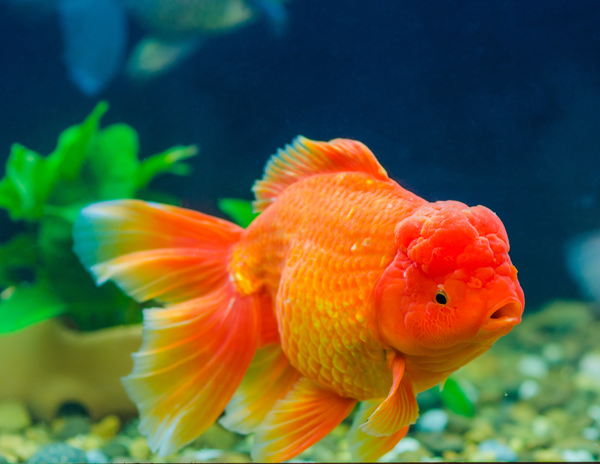So you just finished watching Planet Earth on Netflix, and now you have a burning desire to bring home a super cool reptile. Lucky for you, there are hundreds and hundreds of different and interesting reptile species available in the pet trade for you to take home. The bad news is all these different species require different care, enclosures and have various behavior and temperament. So how do you know what reptile is right for you? For the sake of this blog, we will be including arachnids and amphibians in the pet "reptiles" category.
Enclosure Size
The first thing that I would research is how much room they need. You do NOT want to purchase any reptile you will not have adequate room for as they grow into adults. If you do not have room for at least a 5' x 2' pen for an adult Hermann's tortoise, do not consider purchasing a juvenile tortoise. If floor space is an issue, consider looking at arboreal species. These are reptiles (usually jungle) that require more vertical space than horizontal. An Exo-Terra Palludarium (18"x18"x36") provides 50 gallons of room for a large variety of different lizards and frogs, but only takes up 1.5 square feet of space. Some larger reptiles like iguanas, basilisks and monitors will require no less than a 240 gallon (4'x2'x4') terrarium, which we would not recommend for a first time reptile keeper.
Temperament & Handling
 Are you looking for a reptile you can handle, or maybe a stunning reptile to add to a nice tank as a showpiece in your living room? Whatever the reason, some reptiles handle different than others. If you are looking for a species you can handle, avoid amphibians all together. Their skin is very sensitive to the oils on our hands and should only be handled unless absolutely necessary! It is important to understand that reptiles do not enjoy being handled, some special just tolerate it more than others. Some common species that can tolerate adequate handling are bearded dragons, blue-tongue skinks, tortoises, leopard geckos, ball pythons, and crested geckos.
Are you looking for a reptile you can handle, or maybe a stunning reptile to add to a nice tank as a showpiece in your living room? Whatever the reason, some reptiles handle different than others. If you are looking for a species you can handle, avoid amphibians all together. Their skin is very sensitive to the oils on our hands and should only be handled unless absolutely necessary! It is important to understand that reptiles do not enjoy being handled, some special just tolerate it more than others. Some common species that can tolerate adequate handling are bearded dragons, blue-tongue skinks, tortoises, leopard geckos, ball pythons, and crested geckos.
Feeding
Feeding is a very important factor to consider when purchasing a reptile. Most snakes will require feeding of either live or frozen rodents. Snakes only need to be fed every week or other week, making them great option for people who are not home all the time, or like to travel. The majority of tropical lizards are carnivorous, and must be fed a staple diet of crickets or superworms (depending on species). These lizards/frogs will typically need to be fed 2-3 times a week as adults. Many desert terrestrial lizards are omnivorous, meaning they will eat both insects and leafy greens (bearded dragons, skinks, agamas, collard lizards). Now, if you want a reptile but do NOT want to feed any live food or frozen mice at all, we would recommend the uromastyx or crested gecko. The uromastyx is a strict herbivore, living their whole life on leafy greens and veggies. These lizards should be fed daily, as they get their daily hydration from the moisture in the leaves. The crested gecko is omnivorous, but can happily live its whole life on a powdered fruit & grub medley! Just mix with water into a small dish to make a paste, and watch your crested gecko lick it clean.
Lighting & Humidity
Depending on where your reptile originated from. you will need to do your best to mimic their natural environment. Most tree frog and tropical frogs (red-eye tree frogs, green tree frogs, pacman frogs, poison dart frogs, etc.) come from high-humidity areas of the globe and will need 70-90% humidity to keep their sensitive skin healthy. These constant high levels of humidity can be achieved with an automated misting system or a fog machine. With that being said, most frogs do not require and heat or UVB, and can live comfortable at room temperature (really good on your electricity bill)! All reptiles should be given a heat gradient, so they can regulate their body temperatures. Typically, most arboreal lizards will appreciate moderate humidity, and a basking spot of between 85°F-100°F, where desert lizards generally will enjoy low humidity, and a basking temps between 100°F-130°F.
Again, these are very broad generalizations to help you narrow down your choice on care for your first pet reptile, always do thorough research on the exact species you are interested in to make certain that is the best pet for you!




